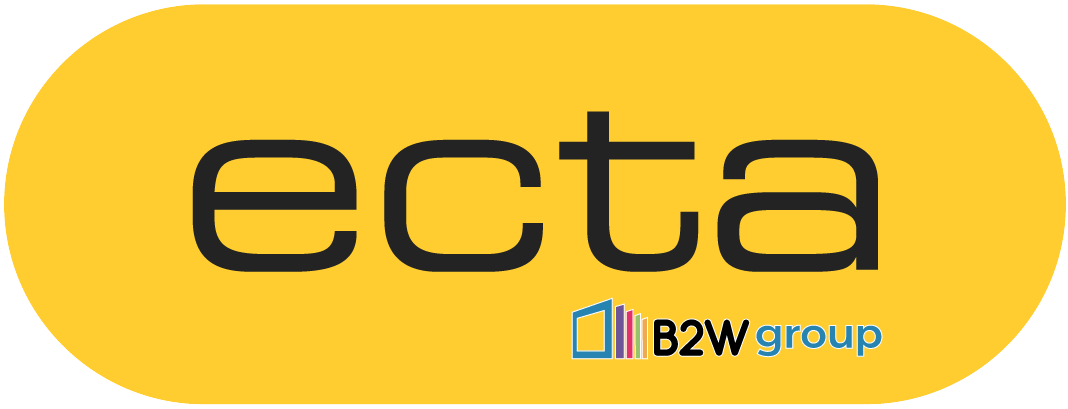According to the latest statistics from WindEurope, 931MW of offshore wind capacity was installed in the UK in the first half of 2019. This was followed by Denmark (374MW), Belgium (370MW) and Germany (252MW).
The stats
Europe’s total new wind energy capacity in Europe topped 4.9GW, an increase from 4.5GW during the same period in 2018. However, in Germany, onshore installations were down due to “serious issues”. In total, Europe installed 2.9GW of onshore wind capacity. Compared with 3.3GW from the first half of 2018, this is a notable drop.
Highs and lows
Germany reached its lowest first half of the year since 2000. However, while installations expected to improve in the second half of this year, grid-connected volumes in the country will reach an all-time low, the report adds.
However, onshore wind installations tend to perform better in the second half of the year. This is usually due to Nordic countries having stronger installation activity in summer months. Turbine orders and market activity suggest notable volumes of wind connected to the grid in Sweden and Norway in the second half. Spain is also expected to produce large volumes based on the 4.1GW auctioned in 2017 and 2018.
In the first half of 2018, Europe invested around £8.1 billion in the construction of future wind farms. £5.9 billion went towards onshore wind and £2.2 billion went towards the offshore wind. These investments will result in the addition of 5,9GW of capacity to the grid over the next few years.
Not all good news
According to warnings by WindEurope, the current rate of installation isn’t enough to help the EU reach its renewable energy goal of 32 per cent in 2030.
Pierre Tardieu, Chief Policy Officer at WindEurope said: “It was a good start to the year for offshore wind growth. But offshore wind installations were poor these past six months. Germany has the lowest first half of the year for new onshore wind installations since 2000. Permitting challenges remain the key bottleneck: 11GW of onshore wind are stuck in the permitting process in Germany. And the transition to auctions, where so-called ‘community projects’ were allowed to bid in auctions without a permit back in 2017, has been messy. Many of these projects still need to be built.
“European countries are finalising their National Energy & Climate Plans to 2030. They should be giving as much detail as possible on the policy measures that will allow a smooth and robust deployment of renewables. The auction schedule, what they will do to streamline permitting, how they will replace the wind farms that are coming to the end of their operational life. It’s this kind of detail the industry needs to plan ahead and help deliver on Europe’s climate and energy ambitions cost-effectively.”
Looking to expand your skills and knowledge?
With the world making noticeable efforts to create a greener planet, energy suppliers and engineers are beginning to change their focus to meet these goals. Therefore, now has never been a better time to add some green qualifications! From smart meter training to renewable energy, ECTA has plenty of courses for extending your area of expertise. Get in touch to find out more about our courses.
